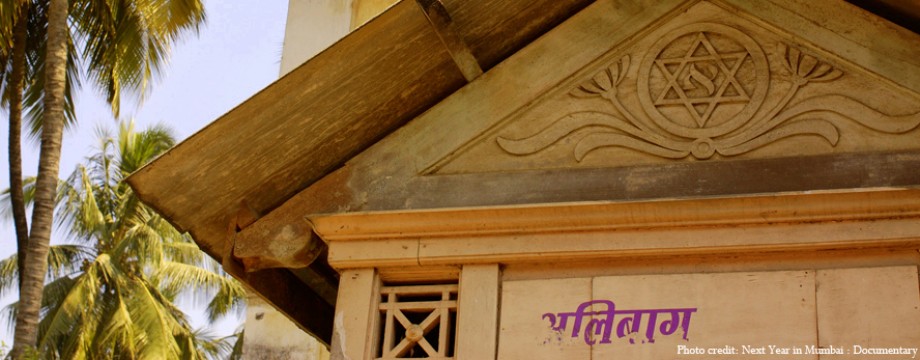Malayalam-speaking Jews from the Kochi (formerly Cochin) area of Kerala, situated along the Malabar Coast of southwestern India, are known as Cochin Jews, Cochini, or Kerala Jews. The Paradesis (White Jews), Malabaris (Black Jews), and Meshuchrarim (Meshuchrarim) were three caste-like classes of Cochin Jews (Brown Jews). Just about 50 Cochin Jews remained on the Malabar Coast in the early twenty-first century, despite once numbering in the thousands.
The Jews of Cochin have a written history dating back to around 1000 CE. The inscriptions on a gravestone dated 1269 are among the earliest known Hebrew inscriptions in Kerala. The Cochin Jews, on the other hand, arrived on the Malabar Coast much earlier, and there are references to Jewish merchants from the Cochin area in the genizah (repository) of a Cairo synagogue from the 8th and 9th centuries.
Cranganore was the birthplace of the Cochin Jewish community (Shingly). Many of its members scattered from the early 14th century to the mid-16th century, owing to a flood and silt intrusion in Cranganore and territorial conflicts between rulers of nearby kingdoms and raids by Portuguese forces. Many Jews relocated to Cochin, where a synagogue was constructed in 1344. European Jews (the Paradesis, or “foreigners” in Malayalam) started to arrive in India in the following decades, many of them refugees fleeing the Iberian Peninsula and the Spanish Inquisition. The Paradesi Synagogue, which dates from 1568, was founded by these Jews. Later waves of immigration brought Jews from Western Europe, Northern Africa, and the Middle East to the United States.


